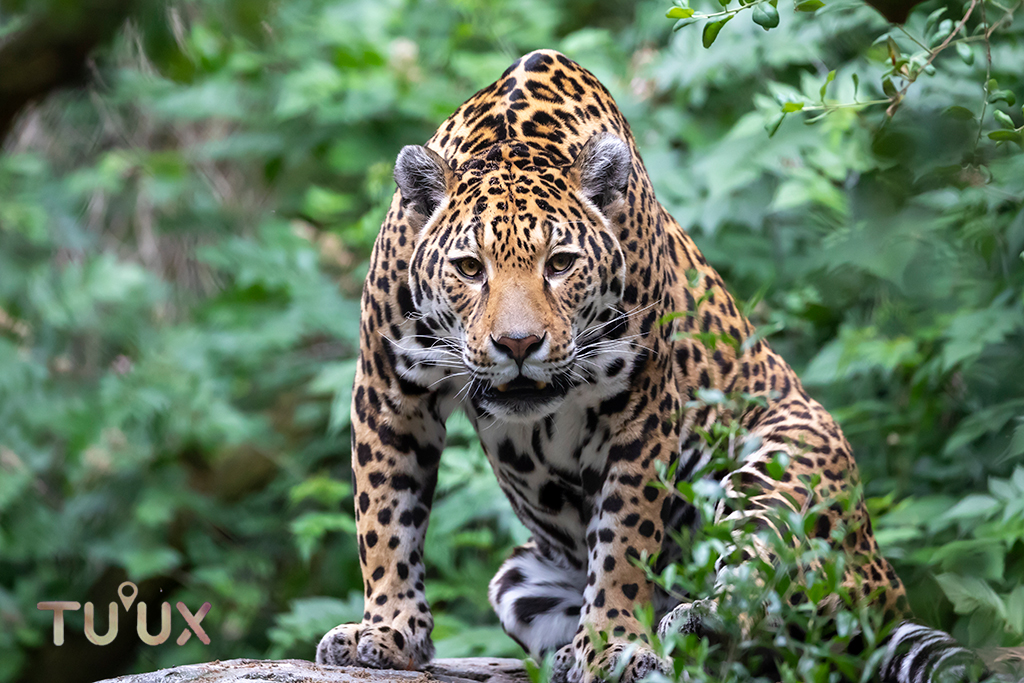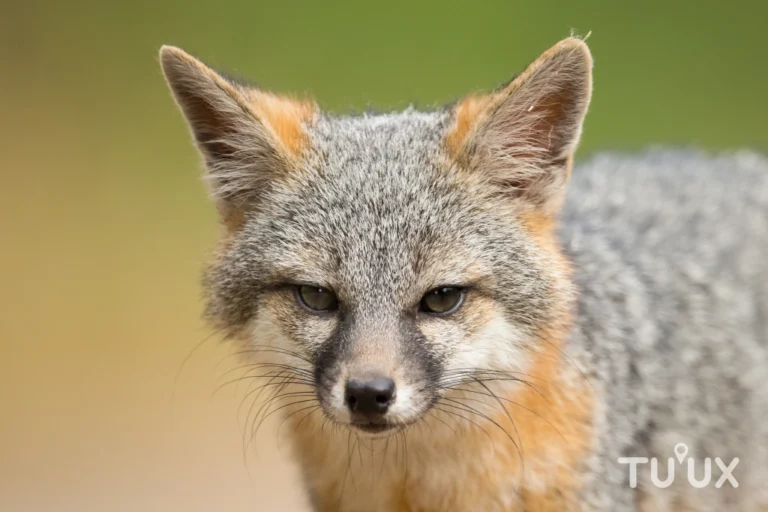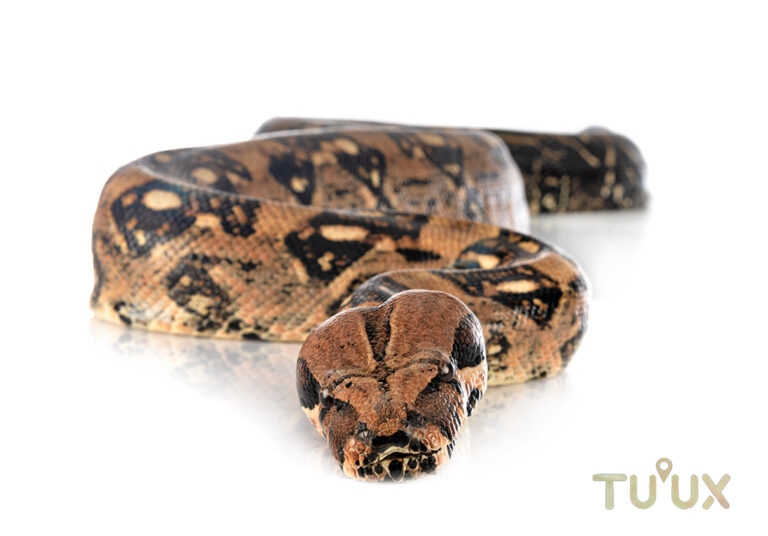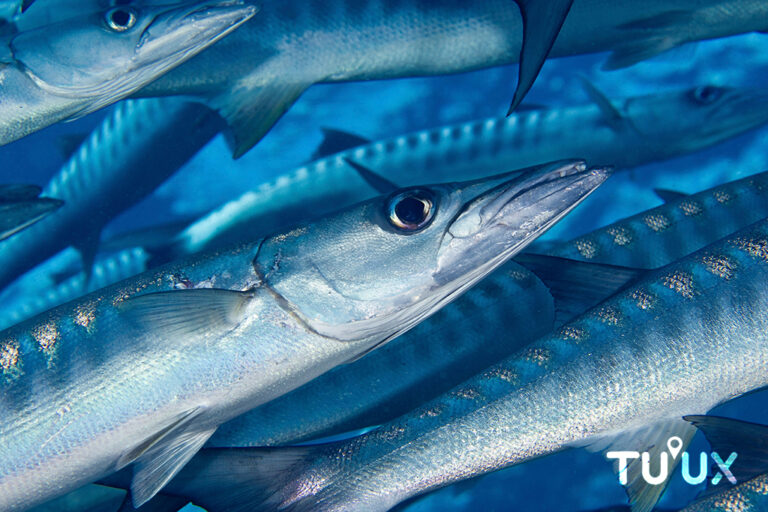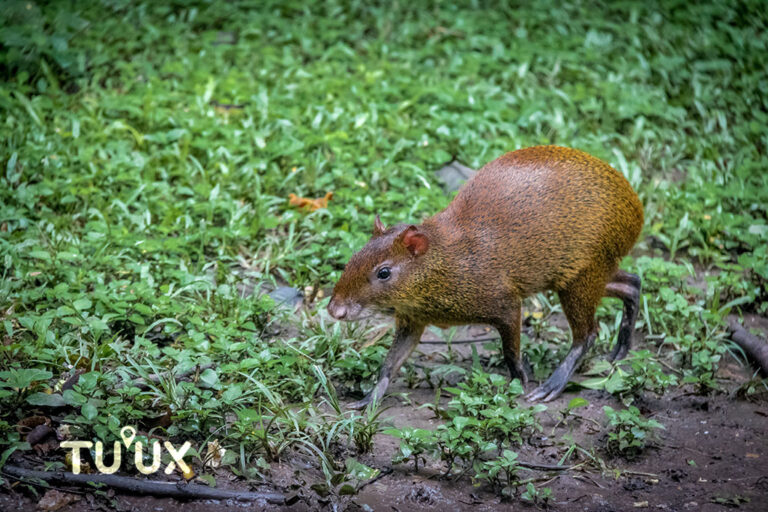JAGUAR
🐆 El Espíritu Silencioso de la Selva Americana
🌿 Introducción:
En lo profundo de las selvas tropicales de América, entre los susurros del follaje y los ecos de antiguos rituales, se mueve una sombra elegante y poderosa: el jaguar (Panthera onca).
Más que un depredador, el jaguar representa el equilibrio de la vida silvestre, la fuerza de la naturaleza y la espiritualidad de los pueblos originarios. Hoy, su rugido resuena cada vez con menos fuerza, y su presencia se convierte en un recordatorio urgente de nuestra responsabilidad como protectores de la tierra.
🧬 Mito, Poder y Espíritu: Su Significado Cultural
Desde tiempos precolombinos, el jaguar ha sido símbolo de conexión espiritual para culturas como la maya, mexica, olmeca y andina.
- Representaba al inframundo, el misterio de la noche y el renacimiento.
- Era una deidad que cruzaba entre mundos, guía de chamanes y símbolo del poder invisible.
¿Sabías que…?
Los antiguos mayas creían que los chamanes podían transformarse en jaguares para moverse entre dimensiones. En templos y esculturas, su imagen aparece grabada como parte de rituales y ceremonias sagradas.
🔍 Poder y Precisión: Características del Jaguar
El jaguar es el felino más fuerte de América y uno de los superdepredadores más eficientes del mundo natural.
| Característica | Descripción |
|---|---|
| Longitud | Hasta 2.5 metros (incluyendo la cola) |
| Peso promedio | Entre 60 y 120 kg |
| Pelaje | Amarillo dorado con rosetas negras únicas |
| Mordida | Más fuerte que la del león; atraviesa caparazones y cráneos |
Sus manchas en forma de rosetas son únicas para cada individuo, como una huella digital, y permiten a los científicos monitorearlo sin interferir en su vida salvaje.
🌎 Distribución y Presencia en el Caribe Mexicano
El jaguar alguna vez habitó desde el sur de Estados Unidos hasta Argentina. Hoy, su rango se ha visto severamente reducido, aunque sigue presente en regiones clave como:
- La selva amazónica
- El Pantanal brasileño
- Las selvas del sur de México (especialmente Chiapas, Campeche y Quintana Roo)
- Corredores biológicos de Centroamérica
🐾 Jaguar en Mahahual: Un Visitante Inesperado
En Mahahual y zonas vecinas como Uvero, Pulticub y Xcalak, se han reportado avistamientos esporádicos de jaguares, especialmente en áreas selváticas cercanas a la costa y en reservas como Sian Ka’an. Estos registros confirman la presencia de corredores biológicos activos que permiten su desplazamiento y supervivencia.
Más que un símbolo ancestral, el jaguar es clave para el equilibrio ecológico. Su presencia debe inspirar admiración, respeto y precaución, recordándonos la importancia de conservar su hábitat y coexistir en armonía con la vida silvestre del Caribe mexicano.
🍖 Dieta y Comportamiento del Cazador Silencioso en el Caribe
El jaguar es un cazador solitario y territorial, más activo al amanecer y al anochecer. En la región del Caribe Mexicano, se adapta con facilidad a diversos ecosistemas: selvas bajas, manglares, lagunas costeras, cenotes e incluso zonas rurales cercanas al monte.
Presas frecuentes en la región:
- 🦌 Venado cola blanca (Odocoileus virginianus)
- 🐗 Pecarí de collar (Pecari tajacu)
- 🐀 Tepezcuintles y guatusas
- 🐊 Caimanes juveniles
- 🐢 Tortugas e iguanas
- 🦃 Pavones y hocofaisanes
- 🐟 Peces y cangrejos, en cuerpos de agua dulce
🐕 ¡Atención! El jaguar y los perros domésticos
En comunidades rurales o costeras como Mahahual, los perros que deambulan o duermen fuera de casa por la noche están en riesgo. Jaguares hambrientos, al detectar movimiento o ladridos, pueden verlos como una presa más.
Recomendaciones para proteger a tus mascotas:
- No dejes perros afuera por la noche
- Mantén el patio cerrado o iluminado
- Evita zonas de monte o contacto con la selva al anochecer
🚨 Principales Amenazas
A pesar de ser un depredador supremo, el jaguar enfrenta peligros graves:
❌ Pérdida de hábitat
La deforestación por agricultura, ganadería y desarrollos urbanos reduce y fragmenta su territorio.
❌ Caza furtiva
Aún es víctima de la superstición y el comercio ilegal de pieles o partes del cuerpo.
❌ Conflictos con humanos
Cuando un jaguar ataca ganado o mascotas, es común que sea asesinado como represalia.
🌱 Esfuerzos de Conservación
Existen múltiples iniciativas que buscan proteger a esta especie clave:
- 🌎 Corredor Biológico Mesoamericano: conecta hábitats desde México hasta Panamá
- 📷 Monitoreo con cámaras trampa: estudia poblaciones sin perturbarlas
- 👥 Educación comunitaria: ayuda a prevenir conflictos
- 🧭 Ecoturismo responsable: genera conciencia y apoyo económico local
Organizaciones como WWF, Panthera, y la Alianza Nacional para la Conservación del Jaguar en México lideran acciones concretas por su conservación.
💬 Reflexión Final: ¿Qué Perdemos si Perdemos al Jaguar?
El jaguar es mucho más que un animal. Es símbolo, equilibrio y legado. Su desaparición significaría el colapso de ecosistemas enteros.
Donde el jaguar ruge, la vida se reorganiza. Donde falta, el desequilibrio se multiplica.
Proteger al jaguar es proteger la selva… y a nosotros mismos.
📌 ¿Cómo Puedes Ayudar?
✅ Infórmate y comparte datos confiables sobre el jaguar
✅ Apoya proyectos de conservación locales
✅ Adopta hábitos sostenibles en casa y comunidad
✅ Protege a tus mascotas por las noches
✅ Participa en reforestación, educación y vigilancia ambiental
🌿 ¿Vives en Mahahual o sus alrededores?
Contacta a Aak Mahahual, una organización local dedicada a la protección de la vida silvestre, liderada por Víctor Rosales. Él podrá orientarte sobre cómo actuar ante un avistamiento o cómo involucrarte en la conservación del jaguar.
🐾 El jaguar no solo representa fuerza… representa un equilibrio que no podemos darnos el lujo de perder.
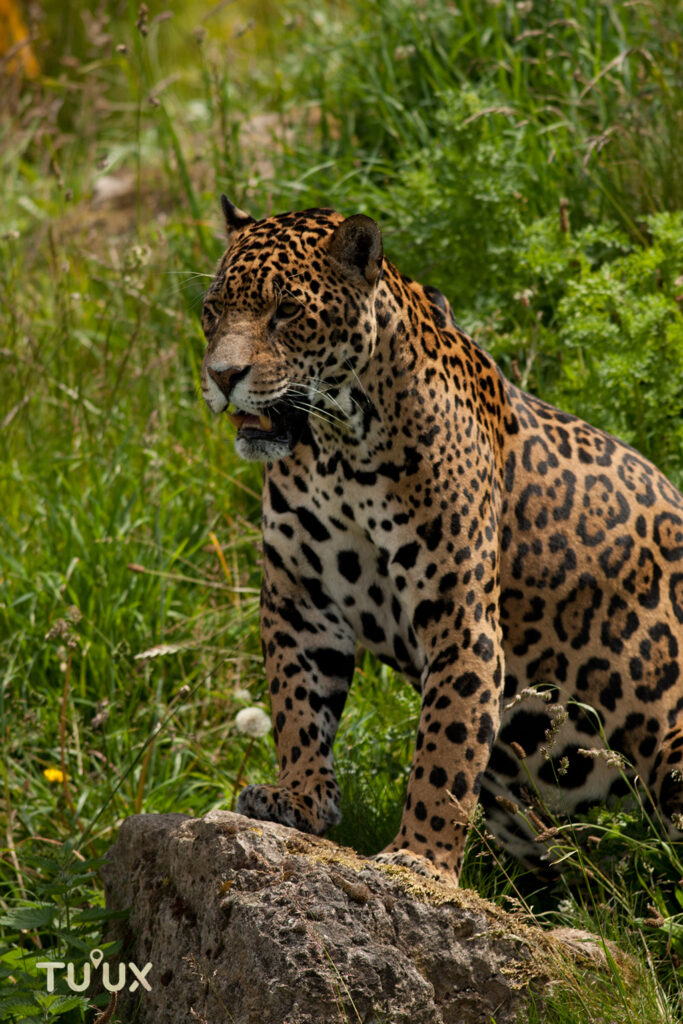
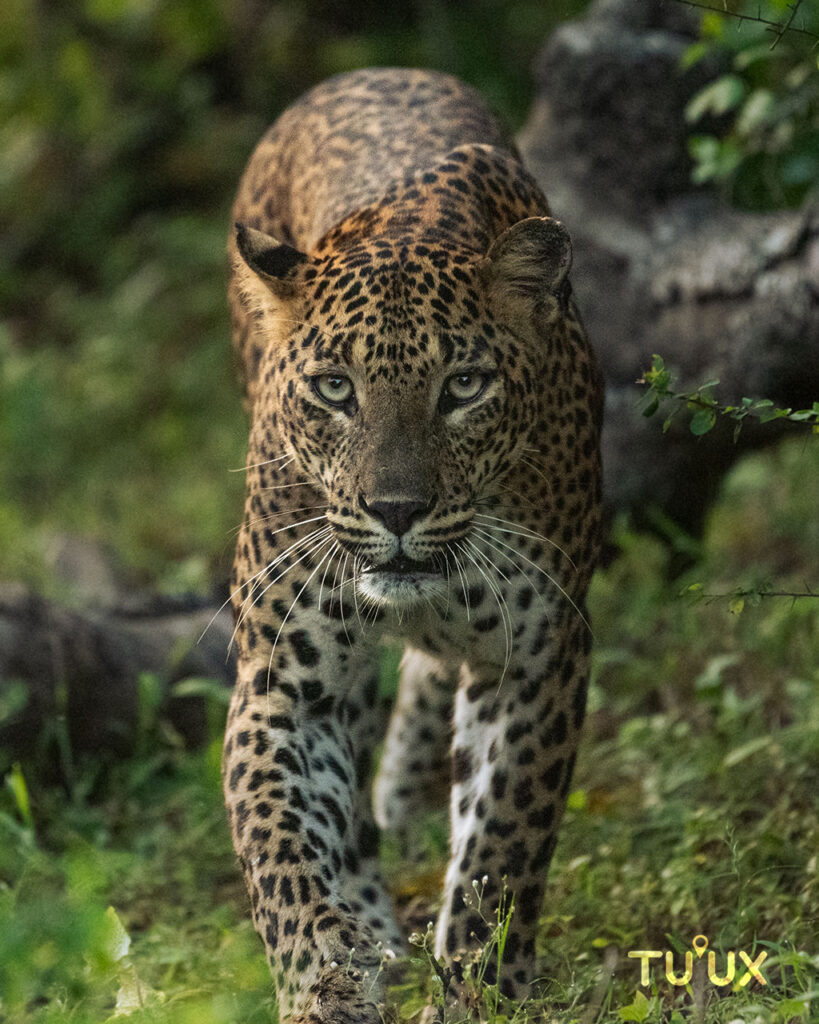
🐆 The Silent Spirit of the American Jungle
The jaguar, ancestral guardian of biodiversity
🌿 Introduction: The Echo of a Roar in the Forest
Deep in the tropical jungles of the Americas, among rustling leaves and the echoes of ancient rituals, moves a graceful and powerful shadow: the jaguar (Panthera onca).
More than just a predator, the jaguar represents the balance of wildlife, the strength of nature, and the spirituality of Indigenous cultures. Today, its roar is heard less and less, becoming a powerful reminder of our responsibility to protect one of the last true guardians of the American wilderness.
🧬 Myth, Power and Spirit: Cultural Significance
Since pre-Columbian times, the jaguar has been a spiritual symbol for cultures like the Maya, Mexica, Olmec, and Andean civilizations.
- It represented the underworld, the mystery of the night, and the cycle of rebirth.
- Considered a deity, it was the guardian of invisible forces, a guide for shamans moving between worlds.
Did you know…?
The ancient Maya believed that shamans could transform into jaguars to travel between dimensions. The feline is depicted in temples, sculptures, and ceremonial artifacts throughout Mesoamerica.
🔍 Power and Precision: Jaguar’s Physical Traits
The jaguar is the strongest feline in the Americas and one of the most efficient apex predators on the planet.
| Characteristic | Description |
|---|---|
| Length | Up to 2.5 meters (including tail) |
| Average weight | 60–120 kg |
| Coat | Golden yellow with unique black rosettes |
| Bite force | Stronger than a lion’s, can crush skulls and turtle shells |
Its rosette pattern is unique to each individual, much like a fingerprint, allowing scientists to identify wild jaguars non-invasively.
🌎 Distribution and Presence in the Mexican Caribbean
The jaguar once roamed from the southern United States to Argentina. Today, its range has dramatically shrunk, though it can still be found in key ecosystems such as:
- The Amazon rainforest
- Brazil’s Pantanal
- The jungles of southern Mexico (especially Chiapas, Campeche, and Quintana Roo)
- Wildlife corridors across Central America
🐾 Jaguar in Mahahual: An Unexpected Visitor
In Mahahual and neighboring areas like Uvero, Pulticub, and Xcalak, sporadic jaguar sightings have been reported—particularly in jungle zones near the coast and in protected areas such as Sian Ka’an. These records confirm the existence of active biological corridors that support their movement and survival.
More than an ancestral symbol, the jaguar is essential to ecological balance. Its presence should inspire admiration, respect, and caution—reminding us of the importance of preserving its habitat and learning to coexist in harmony with the wildlife of the Mexican Caribbean.
🍖 Diet and Behavior of the Silent Hunter in the Mexican Caribbean
The jaguar is a solitary, territorial, and crepuscular hunter, meaning it’s most active at dawn and dusk. In the Mexican Caribbean, it thrives in various ecosystems—lowland forests, mangroves, coastal wetlands, cenotes, and rural areas near the jungle.
Common prey species in this region include:
- 🦌 White-tailed deer (Odocoileus virginianus)
- 🐗 Collared peccaries (Pecari tajacu)
- 🐀 Pacas and agoutis
- 🐊 Juvenile crocodiles
- 🐢 Iguanas and freshwater turtles
- 🦃 Great curassows and other large forest birds
- 🐟 Fish and crabs, caught with remarkable agility
🐕 Special Warning: Jaguars and Domestic Dogs
In rural and coastal communities like Mahahual, domestic dogs left outside at night may fall prey to jaguars. Smaller and medium-sized dogs—especially those that bark or roam near the forest—can unintentionally trigger the jaguar’s hunting instincts.
To keep pets safe:
- Bring dogs indoors at night
- Keep yards enclosed and well-lit
- Avoid walking pets near jungle edges at dusk or nightfall
🚨 Major Threats to the Jaguar
Despite its physical dominance, the jaguar faces serious threats:
❌ Habitat Loss
Deforestation for agriculture, ranching, and urban development continues to shrink and fragment its habitat.
❌ Poaching
Driven by superstition or illegal trade in pelts and body parts, jaguars are still hunted in many areas.
❌ Human-Wildlife Conflict
In areas where jaguars attack livestock or pets, retaliation killings are unfortunately common.
🌱 Conservation Efforts Underway
Thankfully, several efforts exist to protect this key species:
- 🌍 Mesoamerican Biological Corridor: links habitats from Mexico to Panama
- 📷 Camera trap monitoring: allows population tracking without disrupting wildlife
- 📚 Community education: reduces fear and conflict with jaguars
- 🧭 Sustainable ecotourism: brings income and awareness to local communities
Organizations such as WWF, Panthera, and the National Alliance for Jaguar Conservation in Mexico play crucial roles in ensuring the jaguar’s survival.
💬 Final Reflection: What If the Jaguar Disappears?
The jaguar is more than a symbol—it’s a pillar of the natural world. Its disappearance would signify a dangerous imbalance across entire ecosystems.
Where the jaguar roams, nature thrives. Where it vanishes, disorder follows.
To protect the jaguar is to protect the forest, the land, and ourselves.
📌 How You Can Help
✅ Learn and share accurate information about jaguars
✅ Support local conservation and education efforts
✅ Practice sustainable habits at home and in your community
✅ Keep pets safe, especially at night
✅ Join reforestation, citizen science, or educational programs
🌿 Live in or near Mahahual?
You can contact Aak Mahahual—a local wildlife conservation organization led by Víctor Rosales. He can guide you on how to get involved or what to do if you encounter a jaguar or other wild species.

